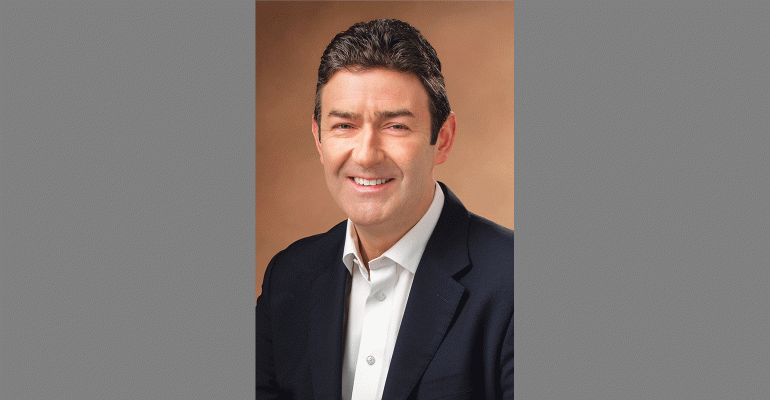Steve Easterbrook’s stated goal, to make McDonald’s Corp. “a modern, progressive burger company,” has become the quick-service company’s mantra. McDonald’s executives frequently use that phrase to describe their plans.
When Easterbrook was tapped to lead the struggling McDonald’s in 2015, many saw it as yet another insider promoted to operate the world’s largest restaurant chain.
McDonald’s had become insular, or so the thinking went, with most of its executives company lifers. Many believed the company needed an outsider who could act as a change agent and lift the chain from its three-year slump.
But Easterbrook has proved to be more of a change agent than expected, fundamentally altering everything from the executive ranks to the location of the headquarters to, perhaps, the way the burgers are made.
McDonald’s has made numerous changes over the last 18 months while questioning long-held norms inside the corporation. And even its headquarters hasn’t been immune to major changes. The company is planning to move from its current location in suburban Oak Brook, Ill., to downtown Chicago.
McDonald’s is cutting $500 million in general and administrative spending, having reorganized its global operations to streamline decision making and rid the chain of some of its bureaucracy.
It also enables different markets to share ideas. “Part of what we’re enjoying about the new structure is we have greater visibility about what works around the world,” Easterbrook said on the company’s third-quarter earnings call.
McDonald’s is also refranchising restaurants, selling them to franchisees and ending a long-held belief that it needed to own at least 20 percent of its system’s restaurants.
More recently, McDonald’s has been quietly overhauling the executive ranks under Easterbrook, often filling positions with decades’ worth of tenure with relative newcomers — adding a dose of new blood to the company.
McDonald’s U.S. president Mike Andres, chief administrative officer Pete Bensen and high growth markets president Dave Hoffmann all resigned recently, and all were longtime veterans. In the past 18 months the company added newcomers Chris Kempczinski, now McDonald’s USA president, Silvia Lagnado, Lucy Brady and Robert Gibbs to various executive roles.
“It’s a delicate balance leveraging experience, tenure and an understanding of the system, but also bringing in alternatives,” Easterbrook said. He notes that Kemczinski’s direct reports have “more than 120 years of McDonald’s U.S. restaurant experience. His fresh thinking and that experience is a potent combination.”
The changes are hitting the company’s menu. The chain started selling breakfast items all day late last year, and it’s now changing up the iconic Big Mac, with plans to start selling different sizes of the sandwich next year and testing a Big Mac made with Sriracha sauce. Oh, and it’s testing making burgers made with fresh beef.
McDonald’s is making big plans to change how its restaurants operate, with kiosks in many locations along with mobile ordering and payment.
So far, customers have responded. Same-store sales have risen in each of the past five quarters. But traffic at the chain remains weak in the U.S., meaning that Easterbrook still has work to do.
Contact Jonathan Maze at jonathan.maze@penton.com
Follow him on Twitter: @jonathanmaze






